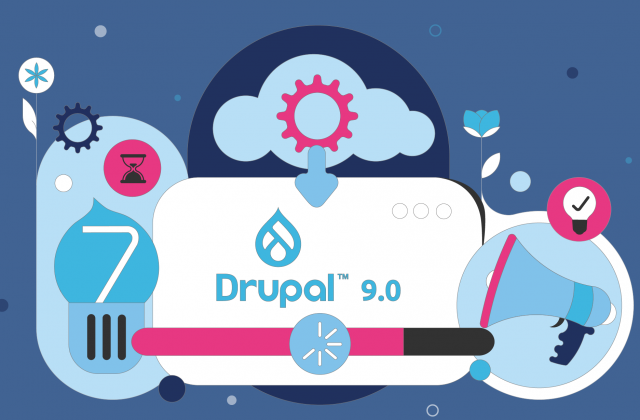With Microsoft’s release of Internet Explorer 9 in 2011, most of us had a decent chance to have a poke around it and it was clear already that there were some significant changes that promised to change the way we use – and construct – websites.
Here are the things that Internet Explorer 9 brought to the game:
#Change of look for certain websites
What was especially interesting was the way that HTML5 is changing the look and operation of certain websites – such as the specially-optimised version of Amazon.com, which looked and worked more like what we’d expect from a smart-phone app rather than a website. This all worked very nicely since most of the work required for such tasks were then handled by your computer’s GPU (Graphics Processing Unit) rather than the CPU, which used to be the case before that.
#Clearer and cleaner interface
All in all, it was somewhat of an adjustment for those who have been using the site (Amazon) for some time but didn’t have a huge amount of smart-phone app experience, though once accustomed it was hard to imagine going back to the previous/current model. For me the big plus was down to a much clearer and cleaner interface, enhanced in IE9 also by nice touches such as the browser ‘back’ button adapting chameleon-like (but not hiding) to the design scheme of whichever website you’re visiting.
#The favicon bar
Another nice touch from IE9, again enabled by HTML5 was the creation of the favicon bar – whereby users can drag site icons down into the toolbar so that they can then later be launched directly from the desktop. Think of it as a bookmarks bar for the desktop which doesn’t require opening the browser first. As Kate Bevan points out in the Guardian, this feature could clutter the desktop pretty quickly, but nonetheless if used sparingly could be a handy tool for saving a few seconds.
So, all this really provided yet more confirmation of the rapid convergence between app and website development seen in the years before 2011. It might seem like an obvious development at the moment, but if I think it was astounding to then consider the sheer extent to which mobile devices have revolutionised development and design online.



